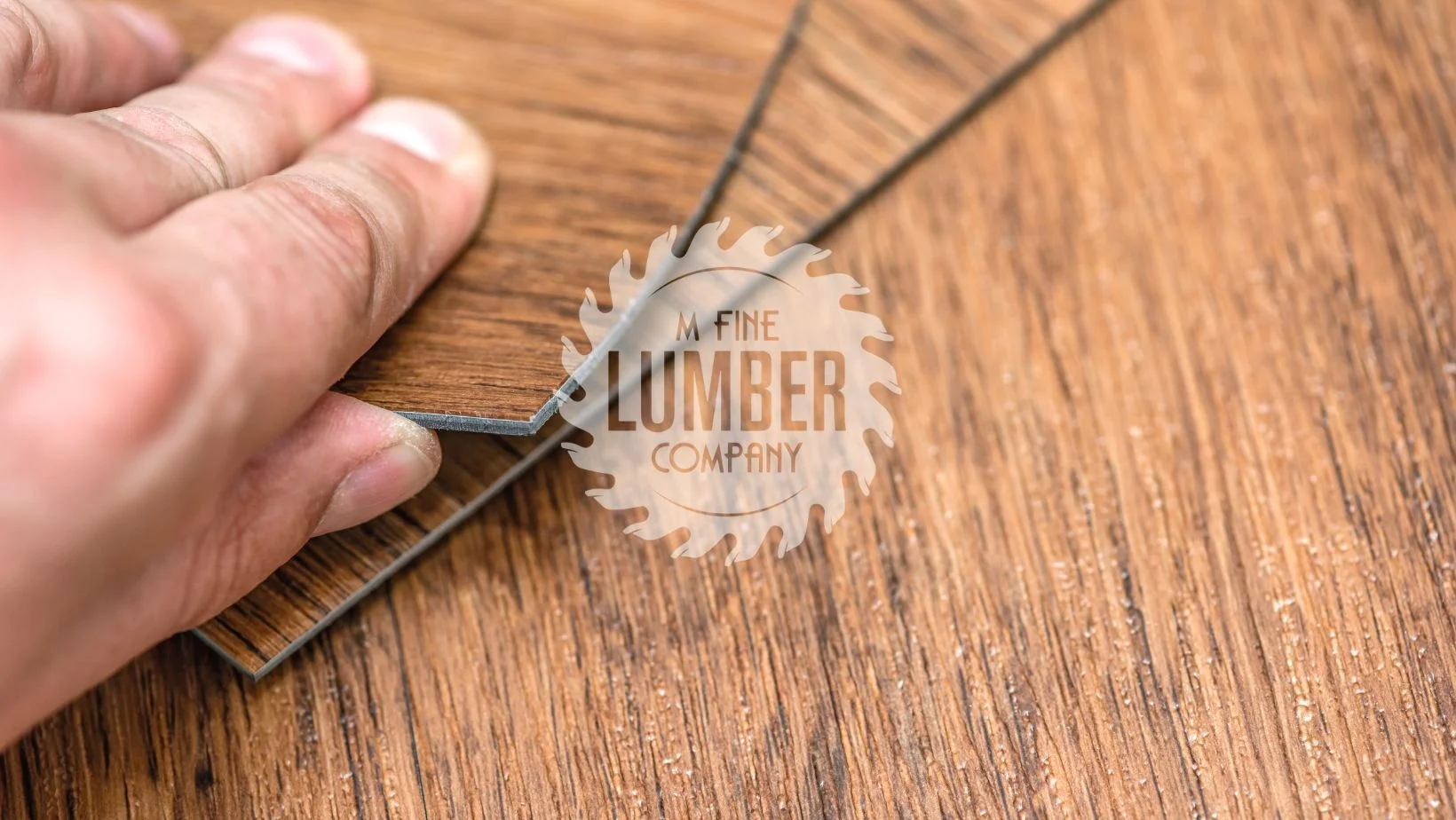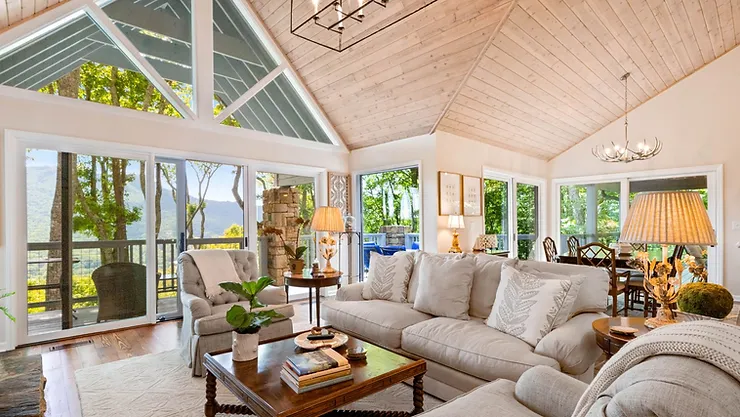
We’ve all seen stunning home decor photos featuring purely white interiors and colored accent walls. But how about something less conventional that still looks unique and chic? Mixing different wood colors is a great way to add warmth and personality to any room without going overboard on color or pattern. In this blog post, we’ll look at the benefits of mixing wood colors and demonstrate how you can do it yourself in a few easy steps.
If you don’t start by establishing your room with a dominant tone, it may soon seem too muddled. If you have wooden floors, then simply choose that as your prevailing tone. Otherwise, let the most noticeable wooden object in your room take center stage, whether it’s a statement cabinet, dining table, or bookshelf. It’s critical that the additional wood colors you put into the scene complement the main character. For instance, if you have light oak-wood flooring, choose comparable warm tones (such as hickory and walnut) rather than contrasting with cool tones like ashwood.

Once you’ve determined your major hue, go deeper to uncover the undertones you want to highlight throughout your design. If your main timber has warm undertones (like most unstained lumber – White Oak, Walnut, Maple, and Cherrywood), then additional warm tones will naturally blend in with it.
If your primary color has cool tones (like most stained timber), freely supplement them with additional cool tones.
You may highlight your dominant shade with complementary pieces of wood furniture or accessories to create a unified aesthetic. However, this isn’t always the case, and sometimes the most striking results may be achieved by using contrasting undertones.
When you’ve determined your main color and its undertones, it’s time to have some fun!
While certain areas need matching hues and a more streamlined appearance, you can also contrast wood tones to provide depth and character.
For example, if you want to contrast a light oak piece or finish, you can combine it with a dark wood such as walnut.
It’s all about balance when it comes to mixing wood tones, and after you’ve introduced a tone, be sure to properly incorporate it across the space to provide a more unified look.
Choosing a similarly-shaded coffee table or other central piece is one way to balance recurring hues across a room.

Consider a visual palette cleanser in the shape of a rug if you’re dealing with similar wood colors and want to break up the monotony. The antique carpeting in the above living room, for example, cuts the warmth of the wooden flooring, coffee table, and accent chairs and adds a much-needed cool tone.
In summary, mixing and matching wood colors can be a fun, creative way to liven up your home decor. It may sound intimidating at first, but the key is to take it one step at a time and trust your artistic eye. With these 5 steps in hand, you can experiment with different shades of timber while making sure that each piece complements the ones around it. And don’t be afraid to take risks!
